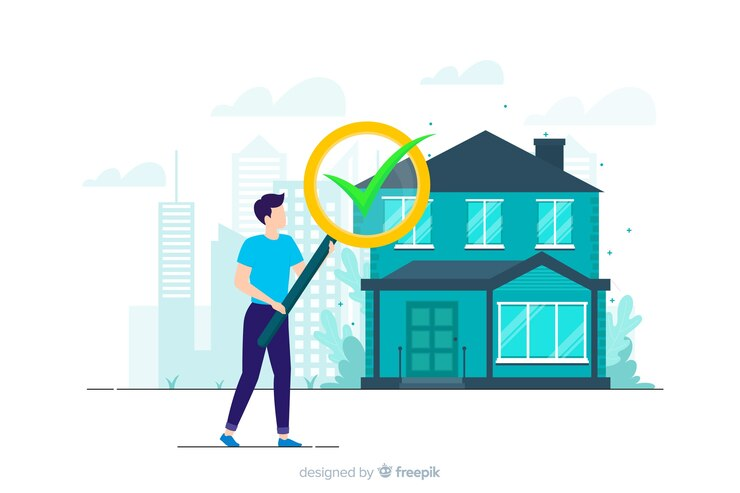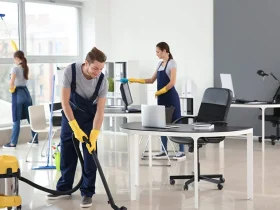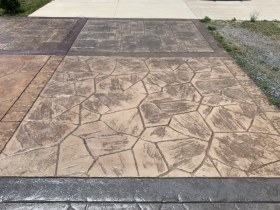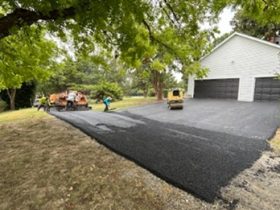It is important to have a systematic evaluation of the house now and then to ensure that the house is safe and efficient and that it will retain its value for some time. Regularly inspecting some parts of your house always helps you identify any existing problem that may be looming and could financially drain you in case you fail to detect it early enough.
This short guide summarizes the basic parts of the homes that should be inspected starting from the basement up to the roof. We will also briefly address the significance of service accessibility during emergencies as well.
1. Evaluating Structural Integrity
These areas are critical to the structural integrity of your home so it is necessary to ensure that they are in good condition. Look for any signs of cracks in the foundation or walls, rot, and other types of damage indicating that the building has shifted. In the interior of the building, creaking or squeaky floors, or doors that do not fit tightly against the frame do indicate a problem with the building’s structure. The water should drain away from the home’s foundation to avoid risks such as damage, so check the water drainage system.
2. Checking the Plumbing System
Your plumbing system is essential for both the convenience of the house as well as the tenants that reside in the home. It means that it is crucial to inspect pipes for leaks, rust, or any other form of damage that they might be experiencing.
Focus on the areas near the sinks and around water facilities notably toilets where a leak may not easily be noticed. This remains a good idea to have someone who is professionally qualified in this area to conduct a full service plumbing now and then to make sure all minor works that you may be carrying out are actually in good standing.
3. Maintaining HVAC Efficiency
Your Heating Ventilation and Air conditioning (HVAC) system is a critical part of conditioning for your home and immediate environment. Clean filters and grills and cover/inspect vents and ducts to ensure no obstruction.
Make sure you do not have a faulty thermostat and you should also make arrangements for your system to be checked at least once a year. While having a 24/7 Emergency HVAC service is vital in the event of a sudden breakdown of your HVAC system, it is also important to have a company that operates around the clock to respond to an emergency and have your system up and running again.
4. Inspecting Roofing and Drainage Systems
Roofing is the primary barrier in the exterior parts of your home, and if maintained correctly, will protect the structure of your house. Always check for signs of shingles that are absent, blistered, worn, or curled, and also examine the attic for any stains from leakage. Trim trees and shrubs to ensure that they do not block the gutters and downspouts that cause water to collect, which can then damage the property. In this case, you must provide adequate drainage to prevent your roof and walls from developing any moisture-related problems.










